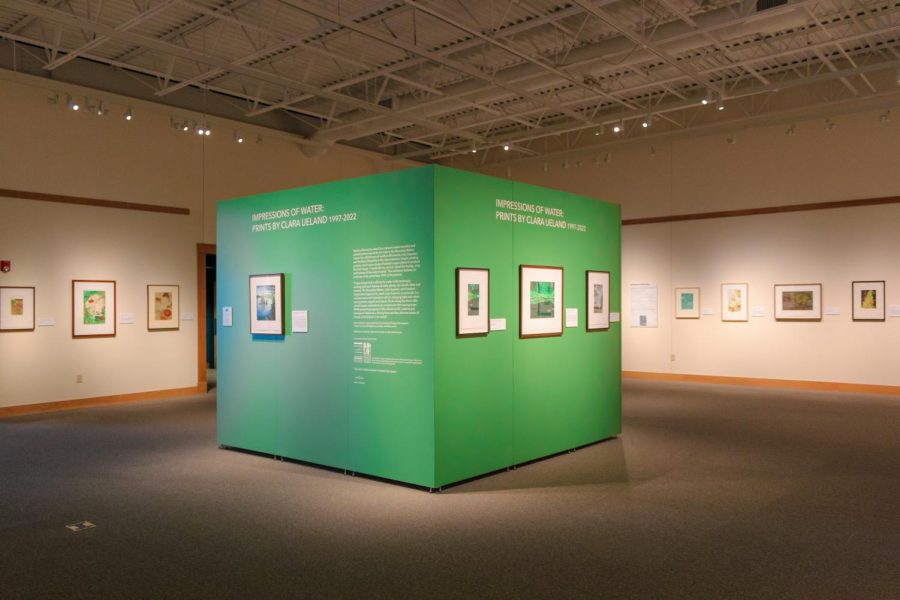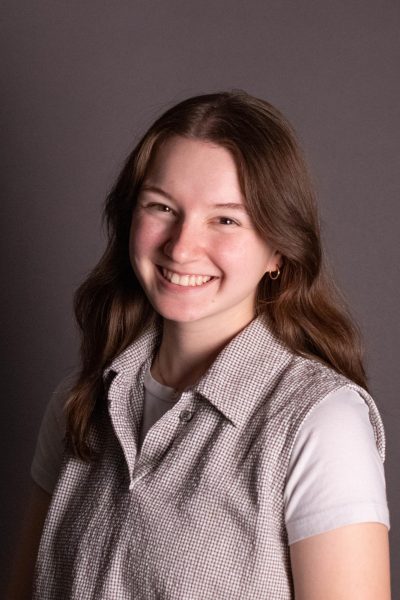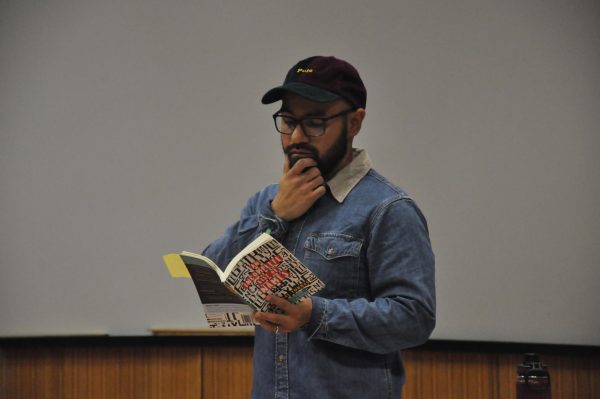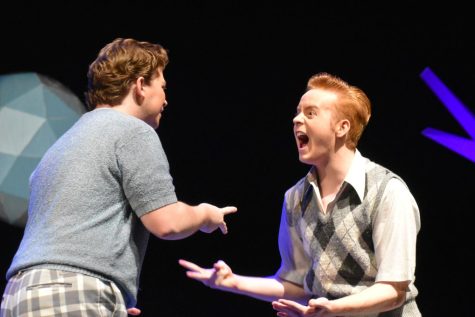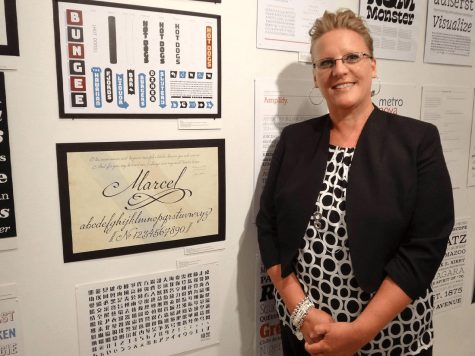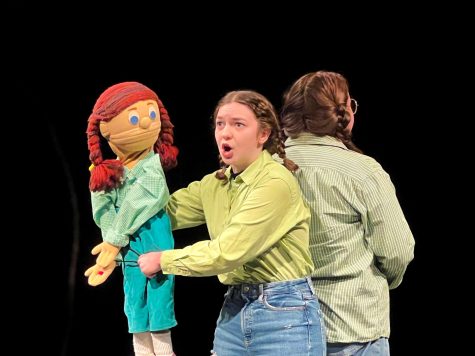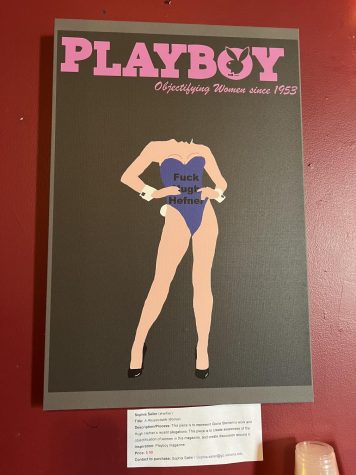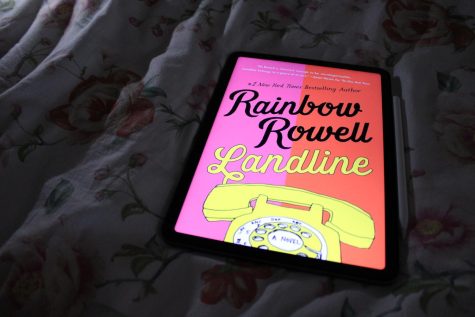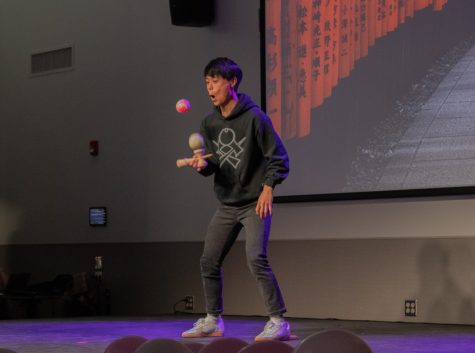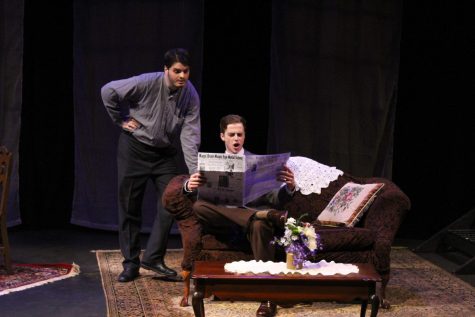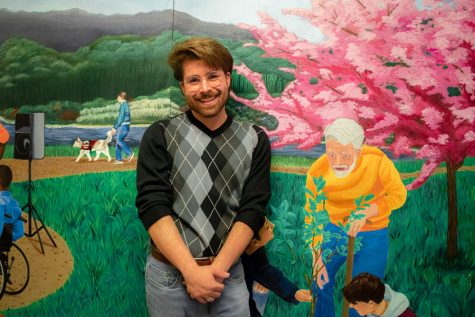Minnesota artist’s copper-etched work displayed in MMAM
Clara Ueland’s exhibit, “Impressions of Water,” will be at the Minnesota Marine Art Museum until Sept 25, 2022. Her exhibit features 44 pieces of nature-inspired artwork made with the Intaglio process, which involves etching shapes onto copper slides, rolling them with ink and pressing them onto paper.
September 7, 2022
The Minnesota Marine Art Museum (MMAM) is currently showing “Impressions of Water”, a collection of prints by Minnesota artist Clara Ueland ranging from 1997 to 2002. The exhibit was first installed at the MMAM starting May 27 of this year, and it will continue at the museum until Sept. 25, 2022.
“Impressions of Water” is a collection of 44 prints made from etchings on copper plates to create images of the outdoors. According to the MMAM website (mmam.org), the prints were inspired by Ueland’s trips to the boundary waters in northern Minnesota, Lake Superior and Scotland.
Each of the 44 prints have unique and immersive scenery through the use of colors and clean lines. Interestingly, the etchings exhibit both simplicity and complexity through their use of color palette, round shapes and shading. It’s clear that Ueland takes in the scenery around her bit by bit, crafting ideas for her artwork and making sure each piece exudes peace just like the real life moment did.
The clean lines and color blocking of each scene is even more significant when considering the process of which Ueland uses for her artwork. Ueland uses copper etching to create her scenery, rather than other processes such as water color with a paintbrush.
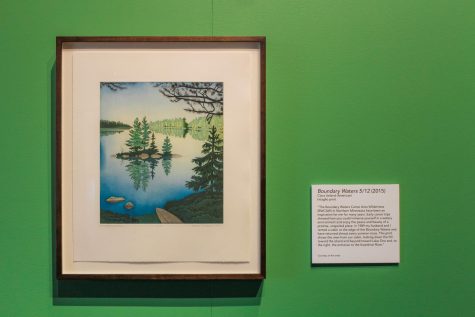
Jon Swanson, curator of collections and exhibitions for the MMAM, explained that the copper etching, or intaglio process, is a long and tedious process for artists. It’s not very well known, but is seen in daily life; for example, all U.S. paper currency is made through the intaglio process.
“[The intaglio process] involves etching a series of copper plates, one for each layer of color in the print, rolled with ink and pressed onto a sheet of paper,” Swanson said. “This is a slow, painstaking process, and [Ueland] generally takes a month or longer to produce a print.”
According to Ueland’s website, Ueland does most of her printmaking at the Highpoint Center for Printmaking in Minneapolis. The process of printmaking is tedious in itself but the planning and drawing process is equally time-consuming and challenging.
“I spend many hours exploring the possibilities of a drawing and trying different versions of a subject until one finally qualifies to be turned into a print,” Ueland states on her website.
Clara Ueland received a Master’s Degree in painting and printmaking from University of California, Berkeley, and then moved on to assist the director and printer of Universal Limited Art Editions in Long Island, New York. This is where she worked with other artists such as Jasper Johns and Robert Reauscheberg.
Ueland now lives in Medina, Minnesota, and develops her work in Minneapolis. She has received several awards for her work since 1969, when she earned First Prize for Watercolor at the Minnesota State Fair Fine Art Exhibition. Some of her other awards include an Award of Excellence at the Hopkins Center for the Art Members’ Juried Exhibition in 2008, and others. To read more about Clara Ueland, visit her website at ClaraUeland.com.
Lake Superior is one of the three geographical areas that inspires Ueland through her work. Her trip to the Grand Marais Art Colony in 1959 started her love and fascination for Lake Superior because of its vastness and ability to change.
“The many different lights on its surface, the colors, the wave patterns and squalls, the horizon, the rocks along its shore – these are a constant source of inspiration,” Ueland stated.
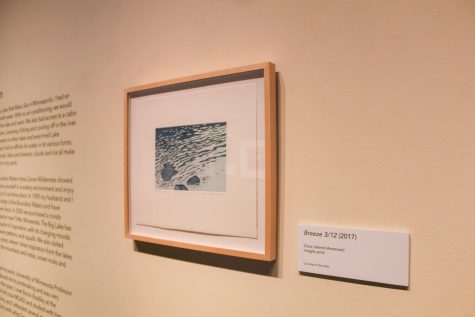
Ueland’s blog on her website also points to her love of water, including water plants, rain clouds, lakes, and streams; her exhibit thus makes perfect sense for the Minnesota Marine Art Museum. Swanson pointed to this love of water while also acknowledging the peace that can be found in her work.
“Her work is intimate and a love letter to nature, water, and her favorite quiet places,” Swanson stated, “which allows visitors to slow down, reflect, and remember the quiet places in their own lives.”
Also featured in the exhibit was a visitor’s log, where visitors of the MMAM could write notes directed to Ueland or the museum.
“I, too, have been to the Boundary Waters several times and own a cabin on the North Shore,” one entry, Leslie, wrote. “I didn’t need to read your titles; I recognized the places you depicted and they made me smile. Thank you.”
Clara Ueland’s “Impressions of Water” will be at the Minnesota Marine Art Museum until September 25, 2022. The Museum is open Tuesday through Sunday 10 a.m. to 5 p.m., with Tuesdays being free for students! New exhibitions will also be starting in the month of September.























































